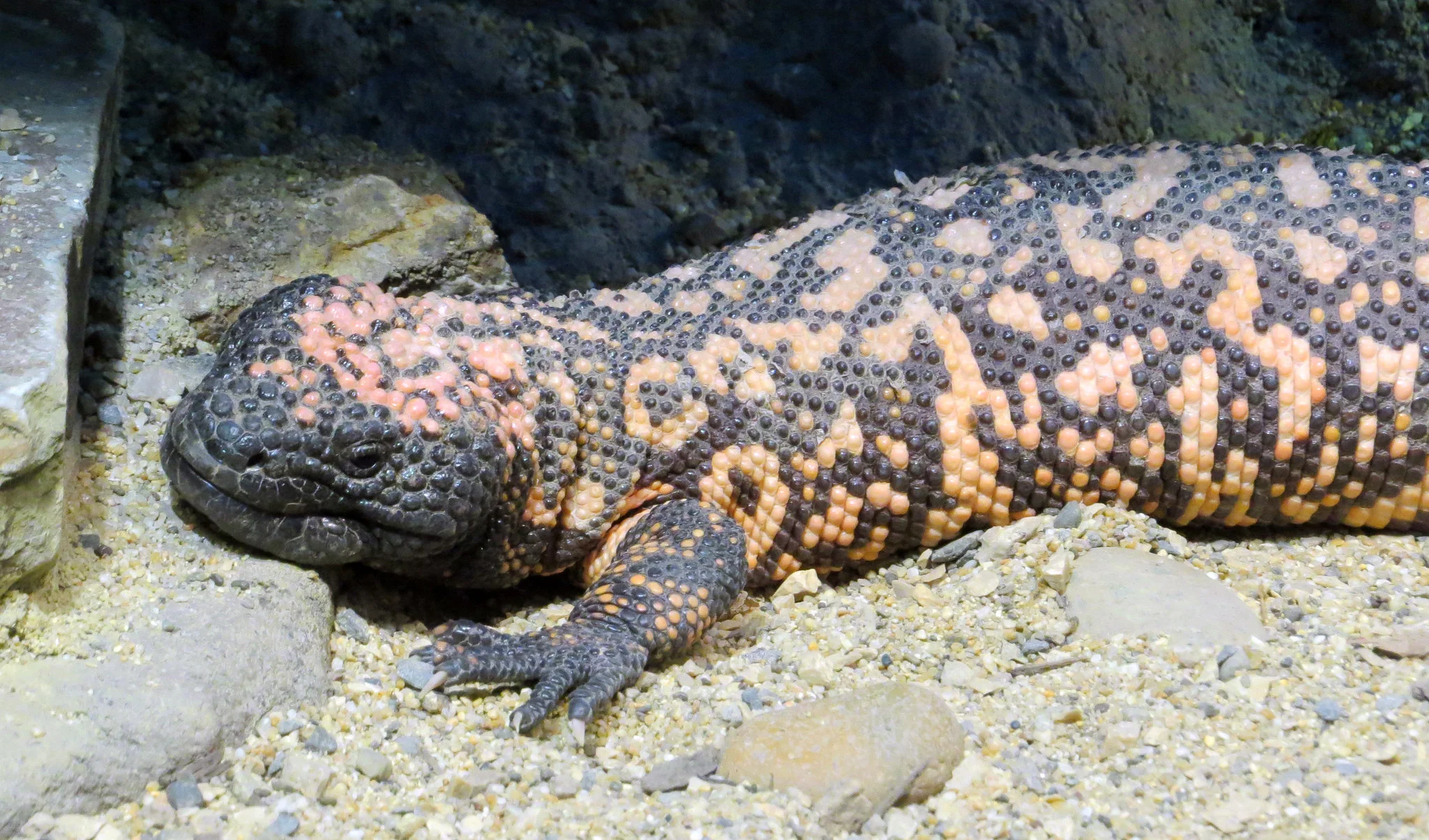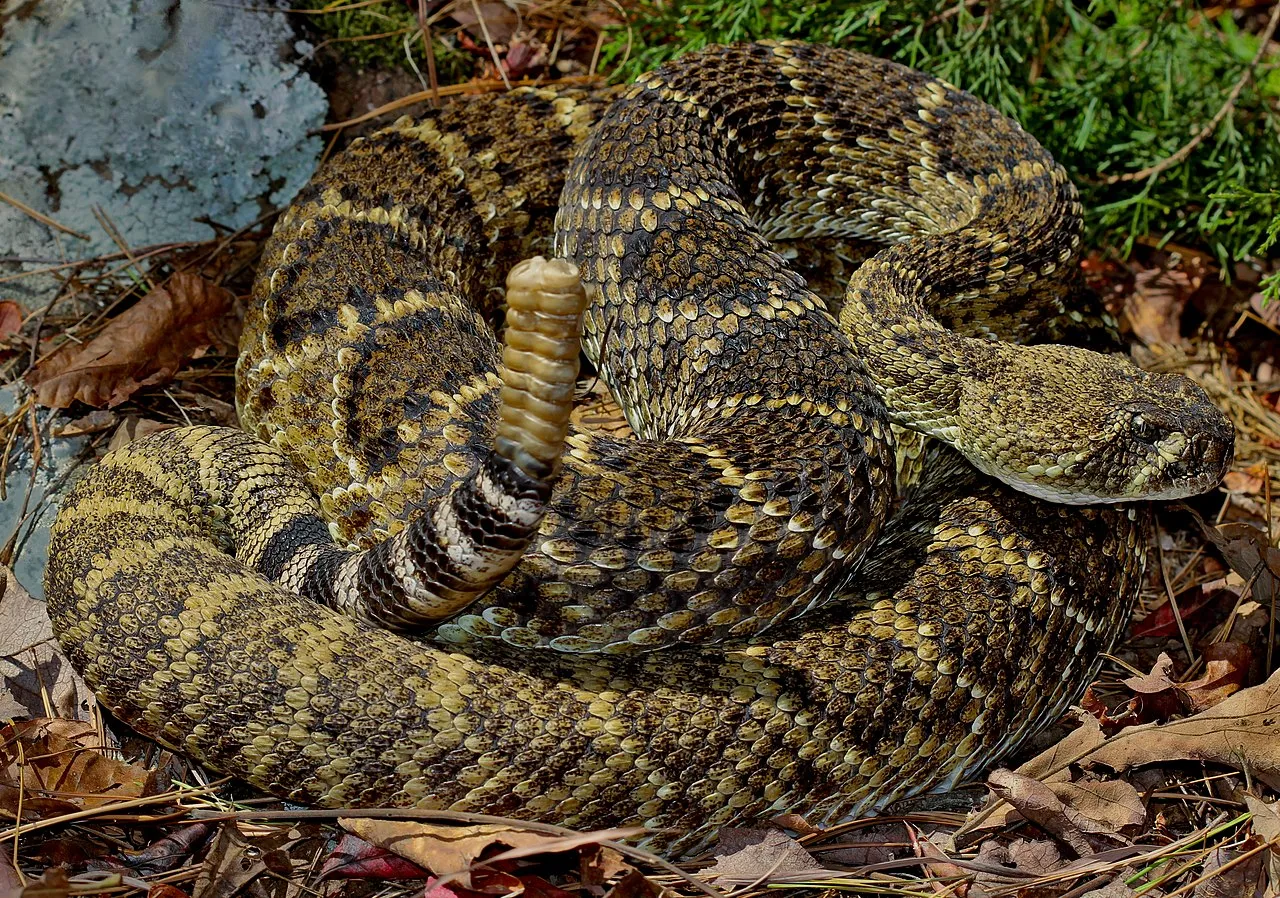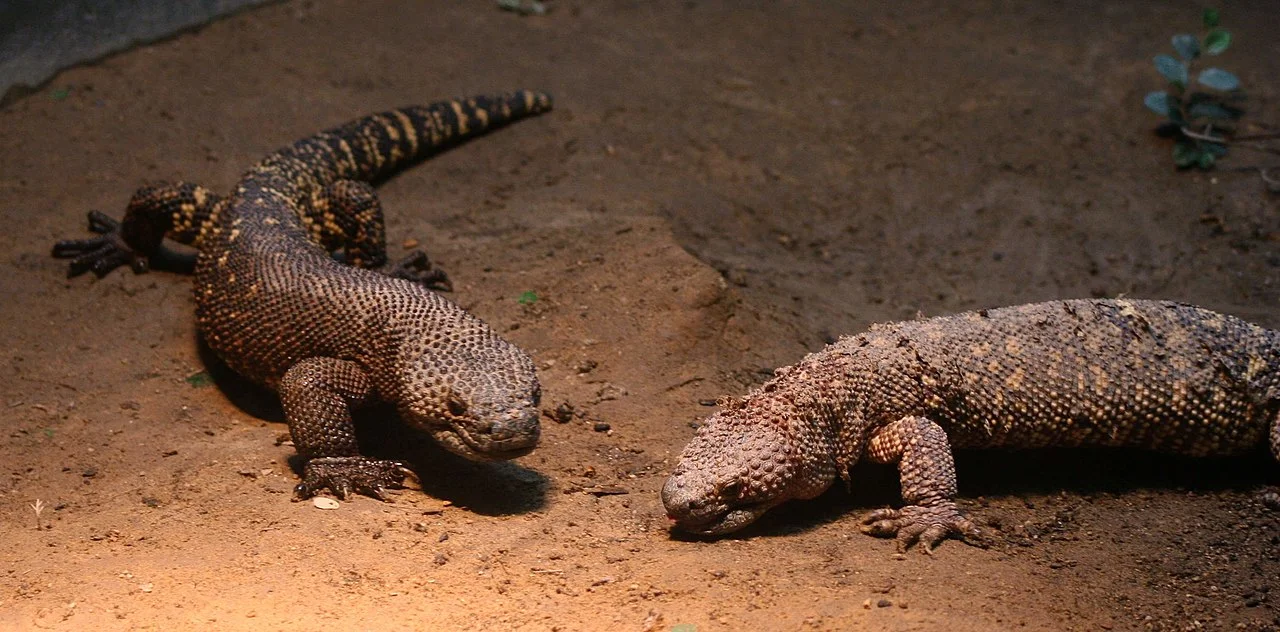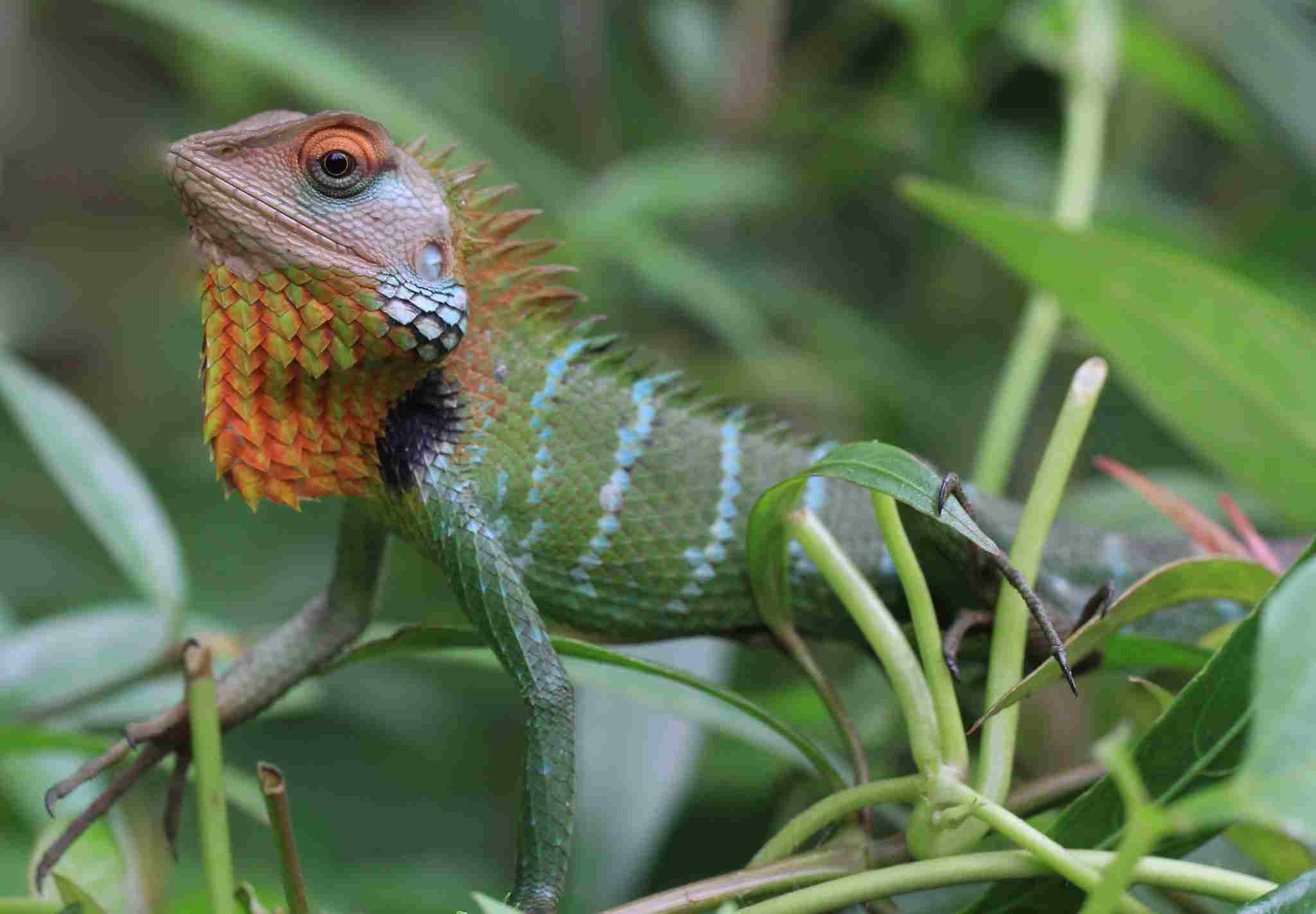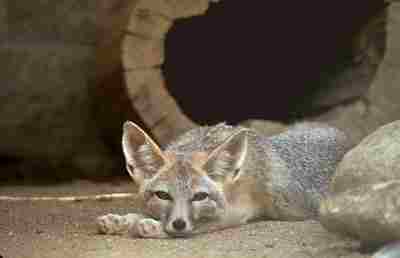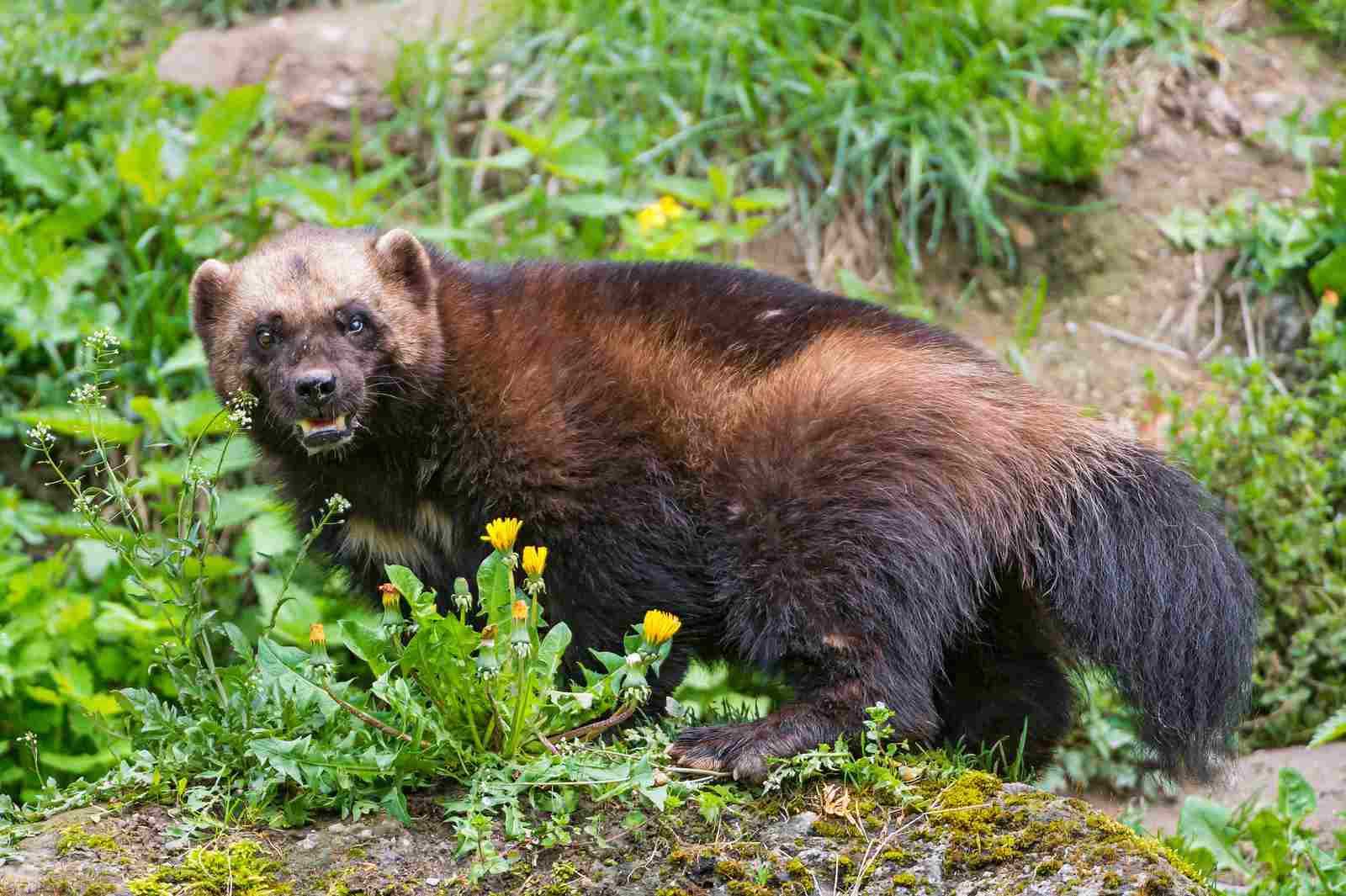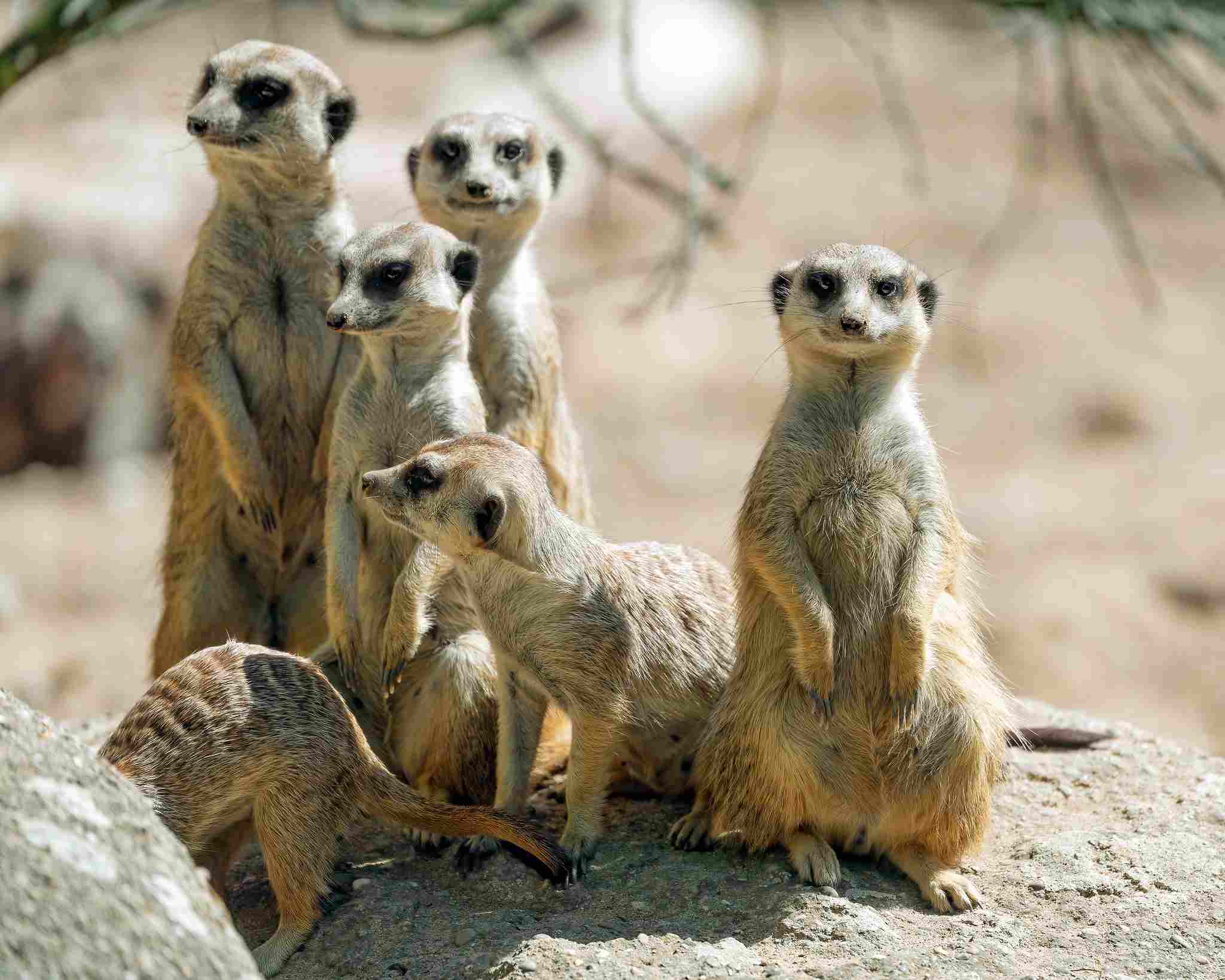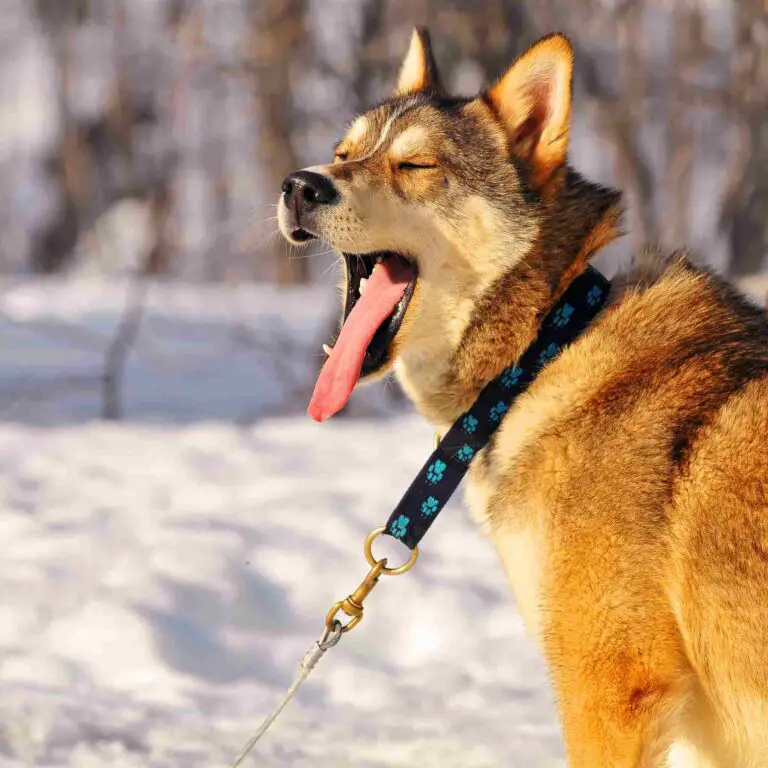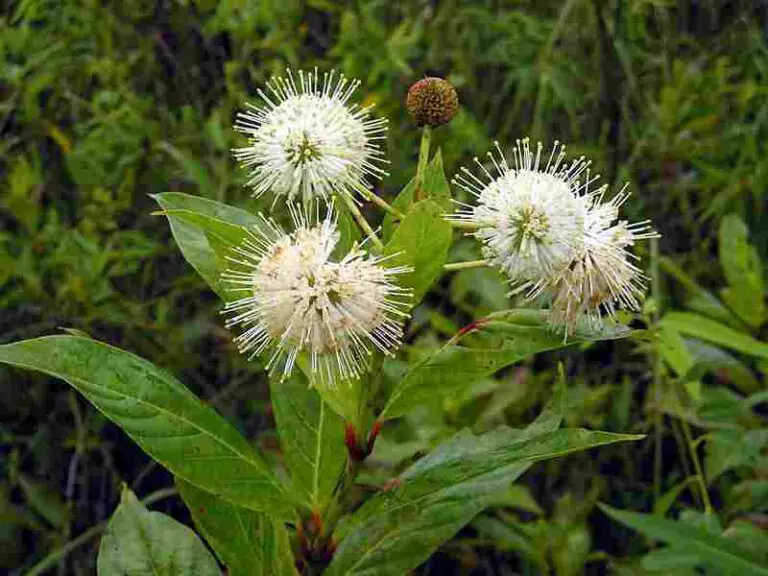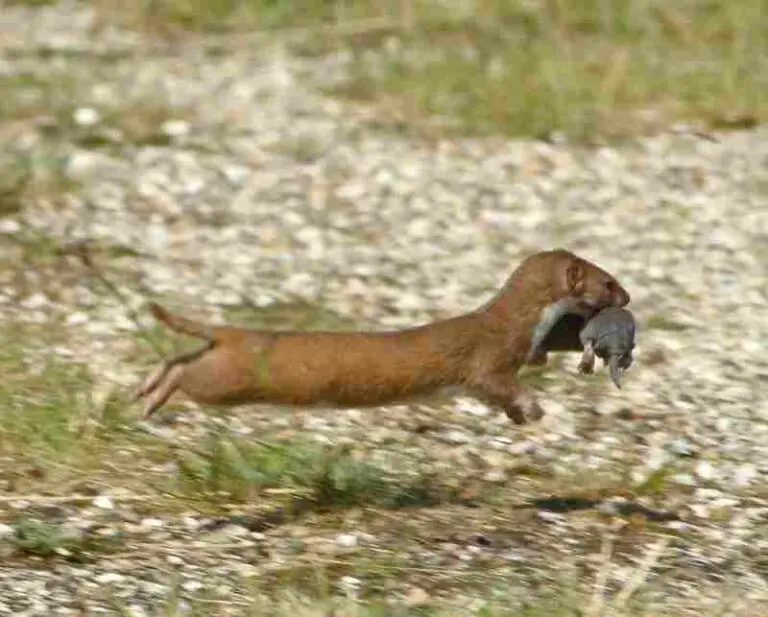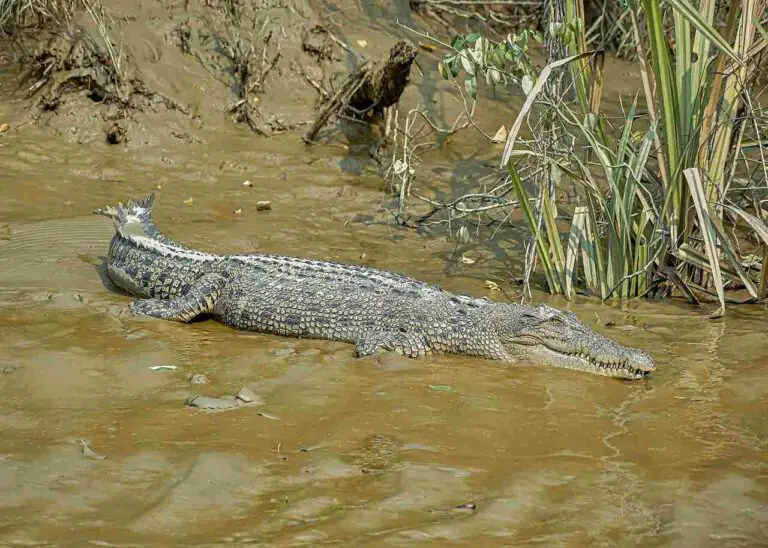11+ Carnivores in Utah and Their Characteristics
Examples of carnivores in Utah are diverse, ranging from the elusive ringtail and powerful cougar to the venomous Gila monster and skilled hunter, the northern goshawk. These carnivores play crucial roles in maintaining ecosystem balance by controlling prey populations and contributing to nutrient cycling. However, they face threats such as habitat loss, human-wildlife conflicts, and illegal collection, highlighting the importance of conservation efforts to ensure their continued survival in Utah’s diverse landscapes.
1. Ringtail
The ringtail, also known as a ringtail cat or miner’s cat, is a fascinating carnivore native to Utah. Despite its name, it’s not actually a member of the cat family but rather belongs to the raccoon family, making it a close relative of the raccoon. This small mammal is primarily nocturnal, which means it’s most active during the night, making it a secretive creature that often goes unnoticed by humans.
One distinctive feature of the ringtail is its long, bushy tail, which is about the same length as its body. This tail serves various purposes, including providing balance while climbing and aiding in communication with other ringtails. Their agile climbing skills allow them to navigate rocky terrain and trees with ease, making them well-adapted to Utah’s diverse landscapes, from desert canyons to mountain forests.
Ringtails are opportunistic feeders, preying on a variety of small animals, including rodents, birds, insects, and occasionally reptiles. They also supplement their diet with fruits and vegetation when available. Despite their carnivorous nature, they play a crucial role in controlling rodent populations, making them valuable to the ecosystem.
Unfortunately, ringtails face threats such as habitat loss, fragmentation, and competition with other predators. Conservation efforts, including habitat preservation and monitoring, are essential for ensuring the continued survival of these unique carnivores in Utah’s wilderness.
2. Marten
The American marten, also known as the pine marten, is a charismatic carnivore that inhabits the forests of Utah. These elusive members of the weasel family are highly adapted to life in wooded areas, where they can find ample prey and suitable den sites. Martens have dense fur coats that help them stay warm in cold climates, allowing them to thrive in the mountainous regions of Utah.
Despite their small size, martens are skilled hunters, preying on a variety of small mammals, birds, and insects. They are agile climbers and skilled hunters, capable of pursuing prey both on the ground and in the trees. Their diet primarily consists of rodents such as voles, mice, and squirrels, but they may also consume berries and other plant matter when prey is scarce.
Like many carnivores, martens face threats from habitat loss and fragmentation due to human development and logging activities. Conservation efforts focused on preserving their forest habitat and maintaining connectivity between forested areas are crucial for the long-term survival of martens in Utah.
3. Gila Monster
The Gila monster is one of only two venomous lizard species in the world and is found in the southwestern United States, including parts of Utah. Known for its striking orange and black coloration and stocky build, the Gila monster is a unique and fascinating carnivore that inhabits desert and semi-arid regions.
Despite its venomous nature, the Gila monster is not considered a significant threat to humans, as it is slow-moving and typically avoids confrontation. Its venom is primarily used for subduing prey, which includes small mammals, birds, reptiles, and eggs. The Gila monster’s diet also includes carrion and occasionally plant material, making it an opportunistic feeder.
While the Gila monster is not currently considered endangered, it faces threats from habitat loss, illegal collection for the exotic pet trade, and road mortality. Conservation efforts aimed at protecting its desert habitat and raising awareness about the importance of coexisting with this unique reptile are essential for its long-term survival in Utah.
4. Cougar
The cougar, also known as the mountain lion or puma, is a powerful apex predator that roams the wilderness of Utah. These large carnivores are highly adaptable and can be found in a variety of habitats, including forests, deserts, and mountains. Cougars are solitary animals, except during mating and when females are raising their young.
As ambush predators, cougars rely on stealth and agility to hunt their prey, which primarily consists of deer but may also include smaller mammals such as raccoons, rabbits, and rodents. They are known for their impressive jumping ability, which allows them to ambush prey from above. Cougars play a crucial role in maintaining the balance of ecosystems by controlling deer populations.
Despite their adaptability, cougars face threats from habitat loss, fragmentation, and conflicts with humans. Encounters between cougars and humans are relatively rare, but they can occur, particularly in areas where human development encroaches on cougar habitat. Conservation efforts aimed at preserving cougar habitat and implementing strategies for coexistence are essential for ensuring the continued survival of these magnificent predators in Utah.
5. Owl
Utah is home to a diverse array of owl species, including the iconic great horned owl, the Western screech owl, and the barn owl, among others. These nocturnal birds of prey play a vital role in controlling rodent populations and maintaining the health of ecosystems across the state. Owls are known for their silent flight, keen senses, and powerful talons, which they use to capture their prey.
Great horned owls, the largest of Utah’s owl species, are skilled hunters capable of taking down prey as large as rabbits and small mammals. Their distinctive ear tufts and piercing yellow eyes make them easily recognizable. Western screech owls are smaller and often reside in wooded areas, where they hunt for insects, small mammals, and birds. Barn owls, with their heart-shaped faces and pale plumage, are well-adapted to hunting in open fields and grasslands, where they prey on rodents such as mice and voles.
Despite their important ecological role, owls face threats from habitat loss, pesticide use, and collisions with vehicles and structures. Conservation efforts focused on preserving suitable habitat, reducing human-wildlife conflicts, and raising awareness about the importance of these nocturnal predators are crucial for their continued survival in Utah.
6. Northern Pacific Rattlesnake
The northern Pacific rattlesnake is one of several venomous snake species found in Utah and is commonly encountered in desert and semi-arid regions. These snakes play a vital role in controlling rodent populations and are an essential part of the desert ecosystem. Despite their fearsome reputation, rattlesnakes are generally shy and will typically only strike if threatened or cornered.
Northern Pacific rattlesnakes are characterized by their distinctive rattles, which they use as a warning signal to potential predators or threats. Their venom is primarily used for subduing prey, which includes small mammals such as mice, rats, and ground squirrels. Rattlesnakes are ambush predators, lying in wait for their prey to pass by before striking with precision.
While rattlesnake bites can be dangerous to humans, fatalities are rare thanks to prompt medical treatment and the development of antivenom. However, rattlesnakes face threats from habitat loss, persecution by humans, and road mortality. Conservation efforts aimed at preserving their desert habitat and educating the public about rattlesnake behavior and safety are essential for their continued survival in Utah.
7. Gopher Snake
The gopher snake, also known as the bullsnake, is a non-venomous constrictor found throughout much of Utah. These large, powerful snakes play an important role in controlling rodent populations and are valued for their ability to keep agricultural pests in check. Gopher snakes are highly adaptable and can be found in a variety of habitats, including grasslands, deserts, and scrublands.
Despite their intimidating appearance, gopher snakes are harmless to humans and typically rely on camouflage and mimicry to avoid predators. They are excellent burrowers and will often take shelter in rodent burrows or other underground retreats. Gopher snakes are opportunistic feeders, preying on a variety of small mammals, birds, and reptiles.
While gopher snakes are not currently considered threatened, they face habitat loss and fragmentation due to urbanization, agriculture, and other human activities. Conservation efforts aimed at preserving their habitat and reducing conflicts with humans are crucial for ensuring the continued survival of these beneficial snakes in Utah.
8. Pine Snake
The pine snake, also known as the bullsnake, is a non-venomous constrictor found throughout much of Utah. These large, powerful snakes play an important role in controlling rodent populations and are valued for their ability to keep agricultural pests in check. Pine snakes are highly adaptable and can be found in a variety of habitats, including grasslands, deserts, and scrublands.
Despite their intimidating appearance, pine snakes are harmless to humans and typically rely on camouflage and mimicry to avoid predators. They are excellent burrowers and will often take shelter in rodent burrows or other underground retreats. Pine snakes are opportunistic feeders, preying on a variety of small mammals, birds, and reptiles.
While pine snakes are not currently considered threatened, they face habitat loss and fragmentation due to urbanization, agriculture, and other human activities. Conservation efforts aimed at preserving their habitat and reducing conflicts with humans are crucial for ensuring the continued survival of these beneficial snakes in Utah.
9. Northern Goshawk
The northern goshawk is a formidable raptor that inhabits the forests of Utah. These powerful birds of prey are known for their agility, strength, and keen hunting skills. Northern goshawks are well-adapted to life in forested areas, where they hunt for a variety of prey, including birds, mammals, and even other raptors.
Northern goshawks are expert hunters, capable of flying swiftly through dense forest canopy in pursuit of their prey. They are known for their distinctive hunting technique called “contour-hawking,” where they fly low to the ground to surprise their prey. These birds play a crucial role in regulating populations of small mammals and birds, helping to maintain the balance of ecosystems.
Despite their importance, northern goshawks face threats from habitat loss, logging activities, and disturbances caused by human recreation. Conservation efforts focused on preserving their forest habitat and minimizing human disturbances are essential for ensuring the continued survival of these magnificent raptors in Utah.
10. Grey Hawk
The grey hawk is a stunning raptor that can be found in the southwestern United States, including parts of Utah. These medium-sized birds of prey are known for their striking plumage and graceful flight. Grey hawks inhabit a variety of habitats, including forests, woodlands, and desert canyons, where they hunt for small mammals, birds, and reptiles.
Grey hawks are skilled hunters, capable of capturing prey both on the ground and in the air. They are known for their aerial acrobatics, often soaring high above the landscape in search of prey. These birds play an important role in controlling rodent populations and maintaining the balance of ecosystems.
Despite their adaptability, grey hawks face threats from habitat loss, pesticide use, and collisions with vehicles and structures. Conservation efforts aimed at preserving suitable habitat, reducing human-wildlife conflicts, and raising awareness about the importance of these birds of prey are crucial for their continued survival in Utah.
11. Ferruginous Hawk
The Ferruginous Hawk is a majestic raptor that inhabits the open grasslands and shrublands of Utah. Known for its large size and striking appearance, this hawk is the largest species of hawk in North America. Its name “Ferruginous” refers to its rusty-red plumage on the shoulders and legs, which contrasts with its pale underparts.
Ferruginous hawks are skilled hunters, preying primarily on small mammals such as ground squirrels, rabbits, and prairie dogs. They hunt by soaring high above the landscape, using their keen eyesight to spot prey from great distances. Once they have located a target, they will swoop down with incredible speed to make their capture.
Despite their impressive hunting abilities, Ferruginous hawks face threats from habitat loss, agricultural expansion, and collisions with vehicles and power lines. Conservation efforts aimed at preserving their grassland habitat and minimizing human disturbances are essential for ensuring the continued survival of these magnificent raptors in Utah.
12. Merlin
The Merlin is a small but fierce falcon that can be found in Utah during the breeding season. Known for their swift flight and aggressive hunting behavior, Merlins are highly skilled predators that prey on small birds, insects, and occasionally small mammals. They are often seen darting through the air in pursuit of their prey with remarkable agility.
Merlins are known for their adaptability and can be found in a variety of habitats, including forests, grasslands, and urban areas. During the breeding season, they build nests in trees or on cliffsides, where they raise their young. Despite their small size, Merlins are fearless hunters and are capable of taking down prey much larger than themselves.
While Merlins are not currently considered threatened, they face threats from habitat loss, pesticide use, and collisions with vehicles and structures. Conservation efforts focused on preserving their diverse habitat and minimizing human disturbances are crucial for ensuring the continued survival of these dynamic falcons in Utah.
*Summary
-
Ringtail:
-
Small mammal, not a cat but related to raccoons.
-
Nocturnal, agile climber with bushy tail.
-
Opportunistic feeder, preys on small animals, helps control rodent populations.
-
-
Marten:
-
Native to Utah’s forests, adept at climbing.
-
Skilled hunter, preys on small mammals and birds.
-
Faces threats from habitat loss, conservation efforts crucial.
-
-
Gila Monster:
-
Venomous lizard found in southwestern U.S. and Utah.
-
Preys on small mammals, reptiles, and eggs.
-
Faces threats from habitat loss and illegal collection.
-
-
Cougar:
-
Powerful apex predator, adaptable to various habitats.
-
Hunts deer and smaller mammals, plays crucial role in ecosystem.
-
Faces threats from habitat loss and conflicts with humans.
-
-
Owl:
-
Diverse species in Utah, including great horned, screech, and barn owls.
-
Nocturnal birds of prey, control rodent populations.
-
Face threats from habitat loss and human activities.
-
-
Northern Pacific Rattlesnake:
-
Venomous snake found in desert and semi-arid regions.
-
Hunts small mammals, uses venom for prey.
-
Faces threats from habitat loss and persecution.
-
-
Gopher Snake:
-
Non-venomous constrictor, controls rodent populations.
-
Found in various habitats, harmless to humans.
-
Faces threats from habitat loss and human activities.
-
-
Pine Snake:
-
Similar to gopher snake, controls rodent populations.
-
Found in grasslands, deserts, and scrublands.
-
Faces threats from habitat loss and human activities.
-
-
Northern Goshawk:
-
Powerful forest raptor, hunts birds and mammals.
-
Faces threats from habitat loss and disturbances.
-
-
Grey Hawk:
-
Medium-sized raptor found in southwestern U.S.
-
Hunts small mammals, birds, and reptiles.
-
Faces threats from habitat loss and human activities.
-
-
Ferruginous Hawk:
-
Largest hawk in North America, hunts small mammals.
-
Faces threats from habitat loss and human activities.
-
-
Merlin:
-
Small falcon, hunts small birds and insects.
-
Found in diverse habitats, agile hunter.
-
Faces threats from habitat loss and human activities.
-
| Carnivores in Utah | Summary |
| Ringtail |
Small mammal, nocturnal, agile climber, preys on small animals, helps control rodent populations.
|
| Marten |
Forest-dwelling carnivore, skilled hunter, preys on small mammals and birds, faces threats from habitat loss.
|
| Gila Monster |
Venomous lizard, preys on small mammals, reptiles, and eggs, faces threats from habitat loss and illegal collection.
|
| Cougar |
Apex predator, adaptable, hunts deer and smaller mammals, faces threats from habitat loss and conflicts with humans.
|
| Owl |
Nocturnal birds of prey, control rodent populations, face threats from habitat loss and human activities.
|
| Northern Pacific Rattlesnake |
Venomous snake, hunts small mammals, uses venom for prey, faces threats from habitat loss and persecution.
|
| Gopher Snake |
Non-venomous constrictor, controls rodent populations, found in various habitats, faces threats from habitat loss.
|
| Pine Snake |
Similar to gopher snake, controls rodent populations, found in grasslands, deserts, and scrublands, faces threats from habitat loss.
|
| Northern Goshawk |
Forest raptor, hunts birds and mammals, faces threats from habitat loss and disturbances.
|
| Grey Hawk |
Medium-sized raptor, hunts small mammals, birds, and reptiles, faces threats from habitat loss and human activities.
|
| Ferruginous Hawk |
Largest hawk in North America, hunts small mammals, faces threats from habitat loss and human activities.
|
| Merlin |
Small falcon, hunts small birds and insects, found in diverse habitats, faces threats from habitat loss and human activities.
|
FAQs about Carnivores in Utah
-
Are ringtails dangerous to humans?
-
Ringtails are not considered dangerous to humans. They are small, shy creatures that typically avoid contact with people. However, like any wild animal, they may bite if threatened or cornered, so it’s best to admire them from a distance.
-
-
What should I do if I encounter a cougar while hiking in Utah?
-
If you encounter a cougar while hiking in Utah, remain calm and do not run. Make yourself appear larger by raising your arms and slowly backing away. If the cougar approaches, make loud noises, throw objects, and maintain eye contact. Do not crouch down or turn your back on the cougar. If attacked, fight back aggressively.
-
-
How can I help conserve owl populations in Utah?
-
You can help conserve owl populations in Utah by supporting habitat preservation efforts, reducing pesticide use to protect their prey species, and minimizing disturbances near nesting sites. Additionally, educating others about the importance of owls in the ecosystem can raise awareness and foster conservation efforts.
-
-
What should I do if I encounter a rattlesnake in my yard?
-
If you encounter a rattlesnake in your yard, give it plenty of space and do not attempt to handle or approach it. Keep pets and children indoors until the snake has moved away. If the snake is posing a threat to people or pets, contact local wildlife authorities or a professional snake removal service for assistance.
-
-
How can I attract beneficial snakes like gopher snakes to my property?
-
To attract beneficial snakes like gopher snakes to your property, create habitat features such as rock piles, log piles, and brush piles where snakes can find shelter and hunt for prey. Minimize pesticide use to maintain a healthy ecosystem and provide a food source for snakes. Avoid using glue traps or other indiscriminate methods that could harm non-target species.
-
-
What should I do if I find an injured or orphaned raptor like a hawk or owl in Utah?
-
If you find an injured or orphaned raptor in Utah, contact a licensed wildlife rehabilitator or local wildlife authorities for assistance. Do not attempt to handle the bird yourself, as raptors have sharp talons and beaks that can cause injury. Provide the bird with a safe, quiet place to rest until help arrives.
-
